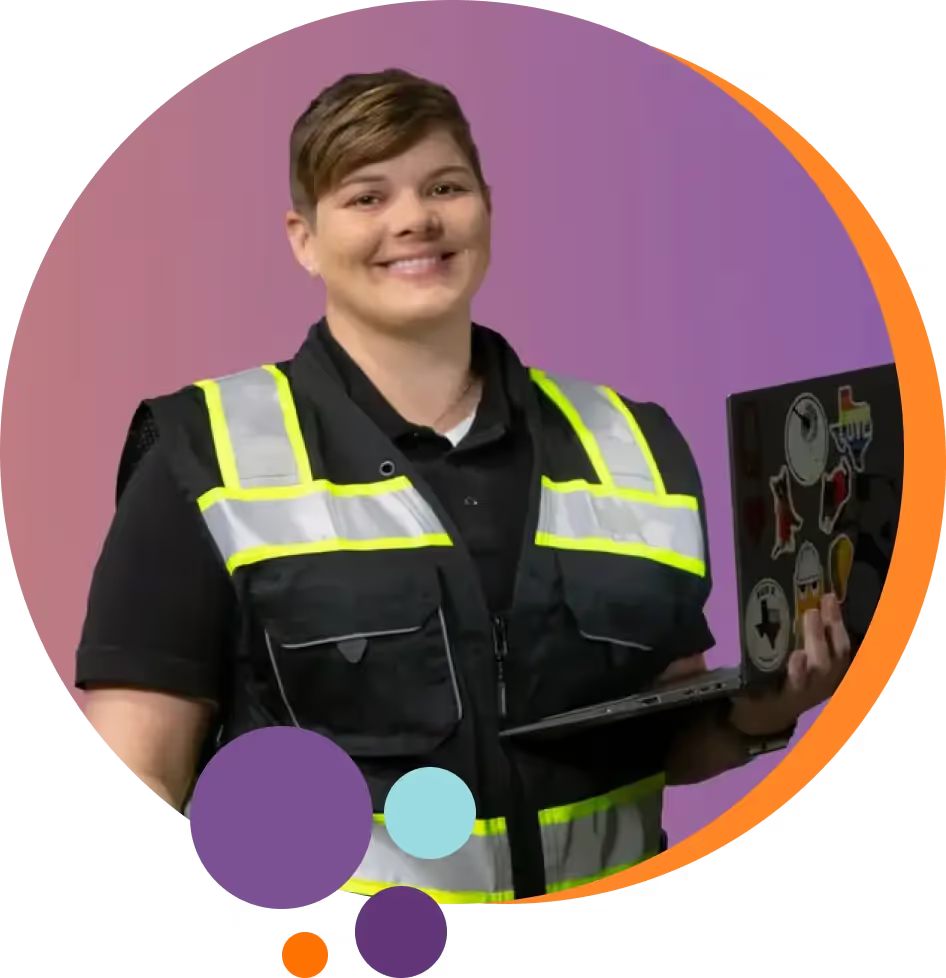How does spoken language compare to ASL?
English and ASL are two very different languages. It has all the essential components of language, including its own rules for word construction, word order, and pronunciation.
Languages differ in the ways they signal different functions, such as asking a question rather than making a statement, this is true of all languages.
For instance, English speakers might pose a question by changing the word order and pitch of their voices, while ASL users might raise their eyebrows, open their eyes, and lean forward.
Similar to other languages, ASL has a wide range of specialized ways to communicate concepts, just like ASL users. ASL features regional accents and dialects in addition to individual variances in expression.
Just as certain English phrases are spoken differently in different regions of the country, there are regional distinctions in the rhythm of signing, pronunciation, slang, and signs used in ASL. Similar to spoken languages, ASL usage can be influenced by additional socioeconomic factors like age and gender, which can add to its diversity.
Etiquette for Sign Language
Wait for the speaker to complete signing and glance at you to indicate that it is your turn to talk when you are the receiver in an ASL conversation.
A speaker may occasionally look away from the audience as they consider the following sign. The speaker isn't done yet and will continue in a moment if they look away. Here are some more etiquette to keep in mind when conversing with Deaf people.
1. Having an argument
When someone else is signing, a receiver will occasionally glance away and start to sign back, essentially interrupting the speaker.
Usually, the participants in such a discourse need to get along well with one another in order for the behavior to not be disrespectful. This strategy is frequently used in heated conversations and fights.
2. He said/ She said
Sometimes ASL users will turn and sign to a fictitious person. They do this to allude to a conversation they either had or overheard with another person. The idea is the same as using "he said/she said" in English discourse.
Although it may appear as though the speaker is suddenly speaking to someone else, hearing individuals learning sign language should continue to pay attention as a receiver.
3. Moving between people signing
If you need to move past two deaf persons using sign language, it isn't impolite, according to Dr. Bill Vicars (head of a business that specializes in developing American Sign Language programs and learning experiences).
It's ideal to move through at a steady speed so as to minimize interruptions to the speakers' dialogue.
4. Signing in other non-ASL sign languages
ASL users occasionally use signs created for other sign languages. Others who speak ASL make an effort to avoid using these signals because they think it muddles the language.
The prescriptive approach and the descriptive approach are the two methods that Dr. Vicars discusses for teaching ASL.
An instructor who forbids his pupils from using a certain sign is being prescriptive; he is instructing ASL in accordance with his conviction that the language must stay pure and uncontaminated by other tongues.
Whether or not they are a part of the vocabulary and grammar of pure ASL, a teacher who employs the descriptive method demonstrates to his students the signs now used in the Deaf Community.
Words and grammar in sign language
Typically, a topic-comment structure is used in ASL sentences. Similar to an English sentence's subject, an ASL sentence's topic is its main idea. Topicalization is the process of making your sentence's object the subject.
Here are some basic grammar rules in ASL:
Pronouns
A pronoun, such as I, you, he, or she, is frequently the subject of an ASL phrase. A subject pronoun may be signed at the start, end, or both of a sentence by an ASL speaker.
For instance, you could sign "I employee," "employee I," or "I employee I" to sign "I am an employee" in ASL. In ASL, each of the three is grammatically valid.
Tenses
Only at the beginning of a conversation do you need to establish the tense. You would sign "yesterday" at the start of your first sentence and continue from there if you wanted to tell a lengthy story about what you did yesterday.
Your receivers will be aware that whatever you sign belongs in that time until you signal a different tense once you've chosen one. Depending on when a dialogue occurs, tenses can change.
In English, you might say "Today I ate lunch at a restaurant" or "I'm going to eat lunch at a restaurant this afternoon."
According to the current time, you may sign in ASL, "now afternoon I eat lunch," and the audience would understand the tense. They would be aware that you were discussing future plans if you had spoken with them in the morning.
On the other hand, if you were speaking at night, they would be aware that you were discussing your previous day's activities.
Talking about event chains
ASL speakers can use the space in front of and behind them to depict a timeline when discussing a sequence of events.
Events that occurred recently or will occur soon are predicted by indications that are close to the body, whereas events that occurred in the past or will occur in the future are predicted by signs that are farther away.
The verb ‘to be’
There are no other forms of the verb "to be" in ASL. If someone were to communicate in ASL, they would not say, "I am hungry," but rather sign it while nodding.
You would sign "I hungry" and shake your head to indicate that you are not hungry. Typically, when signing a statement, you shake your head to contradict a condition and nod to affirm it.
ASL speakers only employ verbs with the tenses "to be" while discussing English (or any other comparable language).
Final Word
We hope this has been of some help in your journey toward learning sign language. You can discover nearby or online resources to learn sign language now that you have a foundation in doing so!
If you are confused or struggling don’t panic. It’s natural./ Sign language is just like learning any other language, it takes time. Remember to look into the course we suggested above to build a good foundation in sign language.
Enjoy your learning experience and interact with other sign language users. You'll be well on your way to meeting new people, communicating with them, and improving your language skills!























.webp)
.webp)

.webp)
